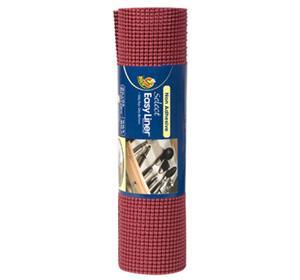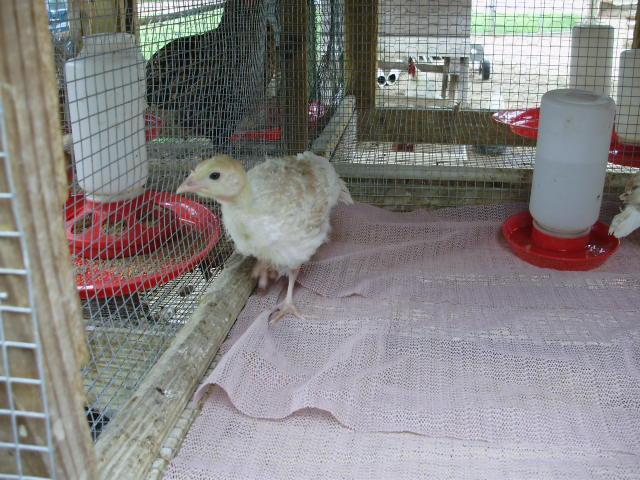Quote:
Yea I saw that this morning, I signed up.
It's funny I just noticed it on the index page of the forum!! I got the link through my P. Allen Smith page!
Yea I saw that this morning, I signed up.
It's funny I just noticed it on the index page of the forum!! I got the link through my P. Allen Smith page!




